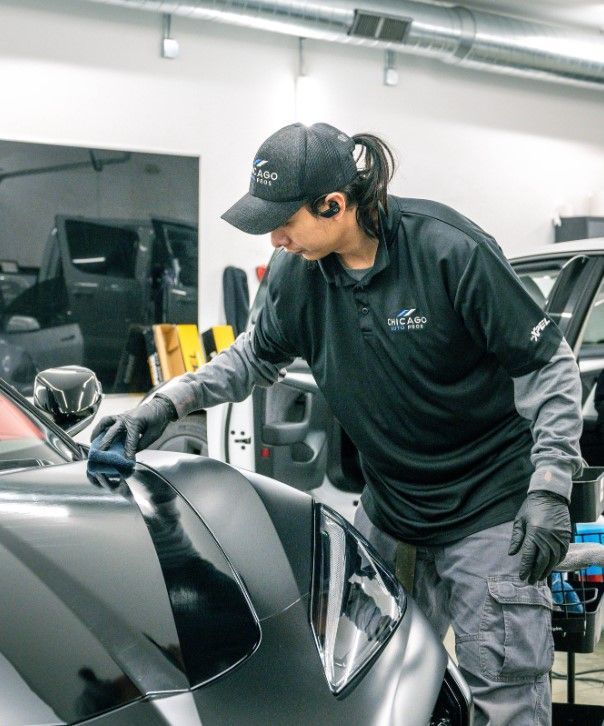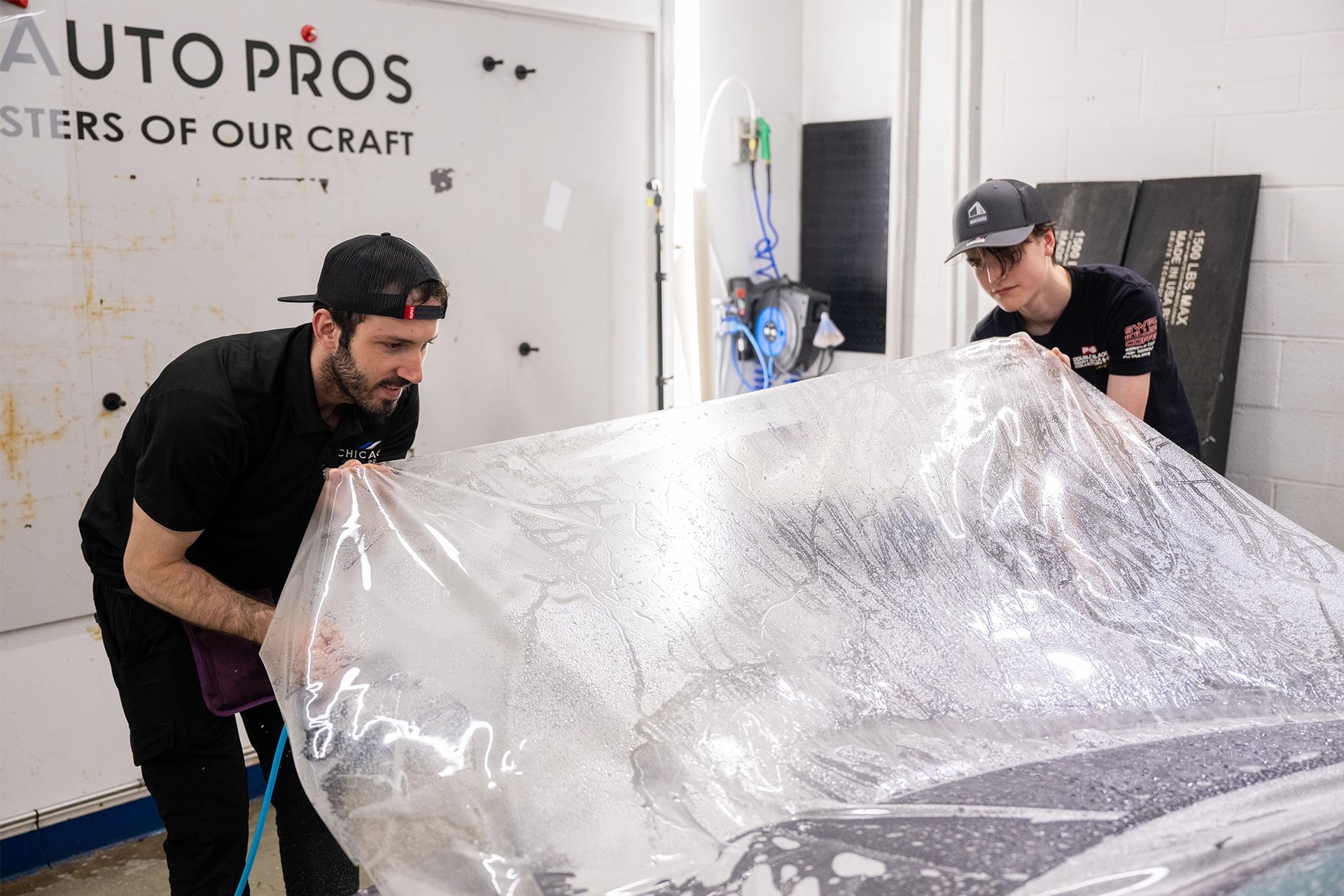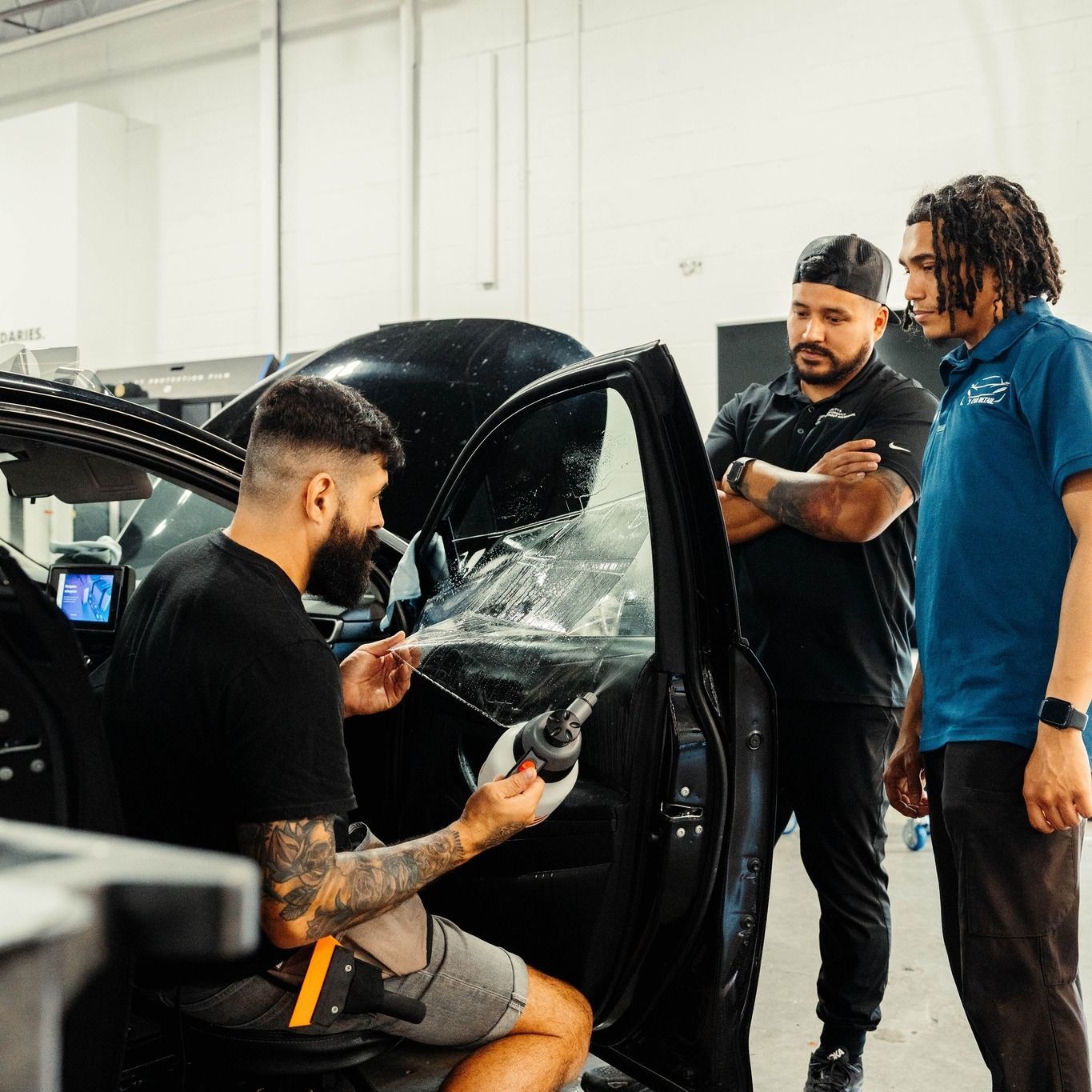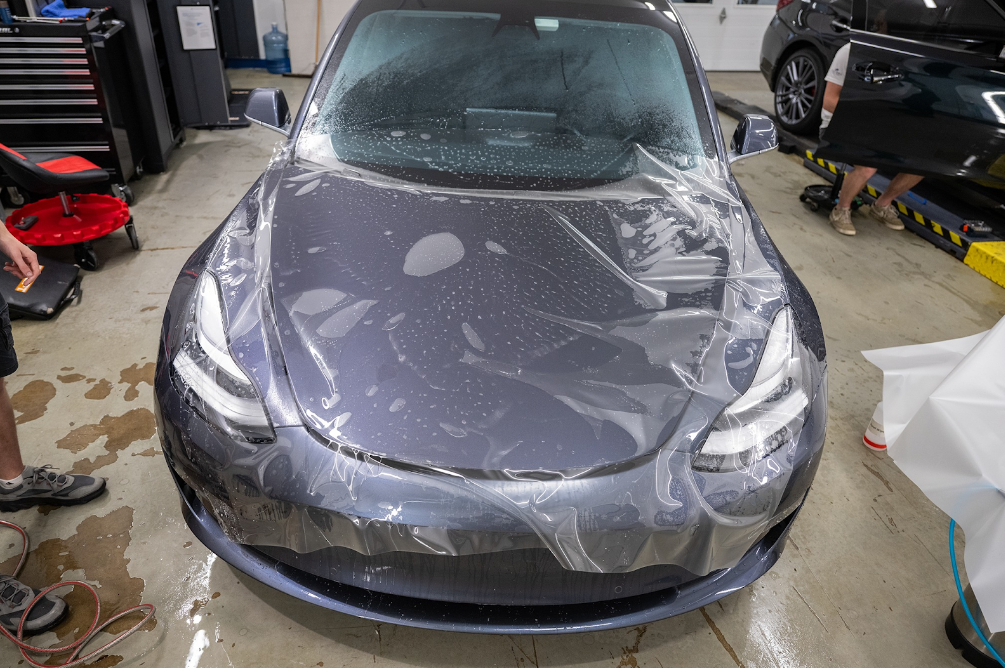How Many Layers of Ceramic Coating Does a Car Need? The Ultimate Guide
A car needs at least one layer of ceramic coating, but multiple applications enhance its protective qualities. This additional coverage results in a more resilient barrier against harmful elements like UV rays and pollutants. However, an unexpected advantage comes with the impressive gloss finish that multi-layered ceramic coatings confer. With this gleam, your vehicle won't just be protected; it'll shine. On to understanding the protective layer. Let’s discover in more detail how many layers of ceramic coating a car needs!
Generally, two to three layers of ceramic coating, along with a topcoat layer, are recommended for complete coverage and optimum hydrophobic properties. However, it's crucial to consult with a professional detailing company to determine the specific number of layers based on your vehicle's make, model, and usage patterns.
What are Ceramic Coatings and Why Do Cars Need Them?
Imagine a shield that can protect your car from the elements—rain, sun, dirt, and more. Ceramic coatings act as this protective layer, shielding your vehicle's paint from environmental damage while ensuring it maintains its glossy finish.
Expanding on this idea, unlike traditional waxes or sealants, ceramic coatings are liquid polymer solutions that chemically bond to the car's paint, creating a sturdy and long-lasting protective layer. This transparent layer provides excellent resistance to UV rays, which can cause the paint to fade over time. By safeguarding against UV damage, ceramic coatings help retain the vibrant color of the car's paint for an extended period of time.
Furthermore, contaminants such as dirt, grime, and bird droppings can degrade the exterior of a vehicle. Ceramic coatings create a hydrophobic surface that repels these contaminants, making it easier to clean off any stubborn marks without damaging the paint. This not only keeps your car looking clean but also reduces the frequency of washing and waxing, thus saving you time and effort on maintenance.
In essence, cars need ceramic coatings to maintain their aesthetic appeal and protect them from environmental factors that can degrade their exterior. This treatment goes beyond mere visual enhancement; it's about preserving the structural integrity of your vehicle's paintwork in the face of everyday wear and tear.
Much like how sunscreen protects skin from harmful sun rays, a ceramic coating shields your car's paint from UV rays and ensures its lasting beauty. It's all part of maintaining your prized possession in top condition.
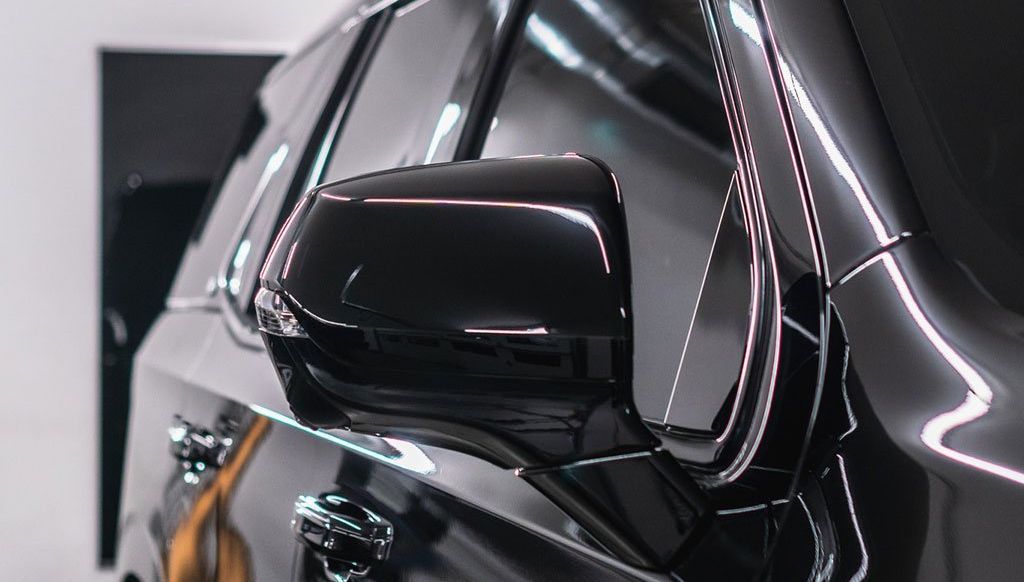
Environmental Damage Protection from Ceramic Coatings
Your car faces all kinds of enemies out on the road. From the scorching sun to pesky bird droppings and relentless water spots, the environment can be unforgiving to your car's paint. Ceramic coatings act as a shield, providing an extra layer of defense against these hazards that can cause premature aging and damage to your car's exterior.
UV Rays
Ultraviolet (UV) rays from the sun are notorious for causing paint oxidation, leading to dull and faded finishes—especially for cars frequently parked outside. This deterioration is prevented by ceramic coatings, which act as a barrier that significantly reduces the impact of UV rays, preserving the paint's original appearance for much longer.
Pollution
The same pollutants that are harmful to us are also damaging to our cars. Industrial fallout and airborne contaminants settle on your vehicle's surface, causing etching and staining over time. Ceramic coatings form a protective barrier, making it more difficult for pollutants to bond with the paintwork, keeping your car looking cleaner for longer.
Bird Droppings
Bird droppings are highly acidic and can quickly etch into your car's clear coat if left unattended. A ceramic coating provides a sacrificial layer, absorbing the impact of bird droppings before they can do any harm to the paint underneath.
Water Spots
While water itself doesn't pose a direct threat to your car's paint, minerals in water can leave behind unsightly spots that are difficult to remove. Ceramic coatings make it easier for water to bead up and roll off the surface, reducing the chances of water spot formation.
By adding multiple layers of ceramic coating, you're essentially building a stronger defense system against these environmental threats. Each additional layer provides enhanced protection, ensuring that your car's paint remains resilient in the face of varied dangers.
Glossy Surface Benefits of Ceramic Coating
Imagine owning a car that turns heads as you drive by—an automobile with a paint job so striking it looks like it could dazzle under a spotlight. That's exactly what a ceramic coating can provide for your vehicle. The glossy finish created by the application of the ceramic coating is not just about vanity; it goes beyond making your car look good and actually serves as a shield to protect the paint beneath.
This unique gloss isn't just an aesthetic plus; it also acts as a protective layer, enhancing the durability of your car's exterior. Conceptualize it like having a clear, tough shield over your car's shiny paint—this shield helps to repel dirt, dust, and other environmental contaminants while preserving the original paint job beneath.
The reflective nature of the glossy surface results in a remarkable depth and richness to the color of your car's finish. It's like giving your car a brand-new dimension—you'll notice the colors pop more vividly, and metallic flakes will twinkle in the sunlight like never before. This enhancement creates an illusion of depth, making your vehicle look more vibrant and luxurious.
When you apply multiple layers of ceramic coating, this glossy effect becomes even more pronounced, intensifying the shine and prolonging its longevity. Think of each layer as adding another coat of luster on top of the previous one, fortifying and extending the glossy allure. It's similar to applying multiple coats of nail polish—the more layers you add, the richer and smoother the finish becomes.
Furthermore, this deep shine effect is not only reserved for new cars; older vehicles can also benefit from a rejuvenated and intensified gloss with ceramic coatings.
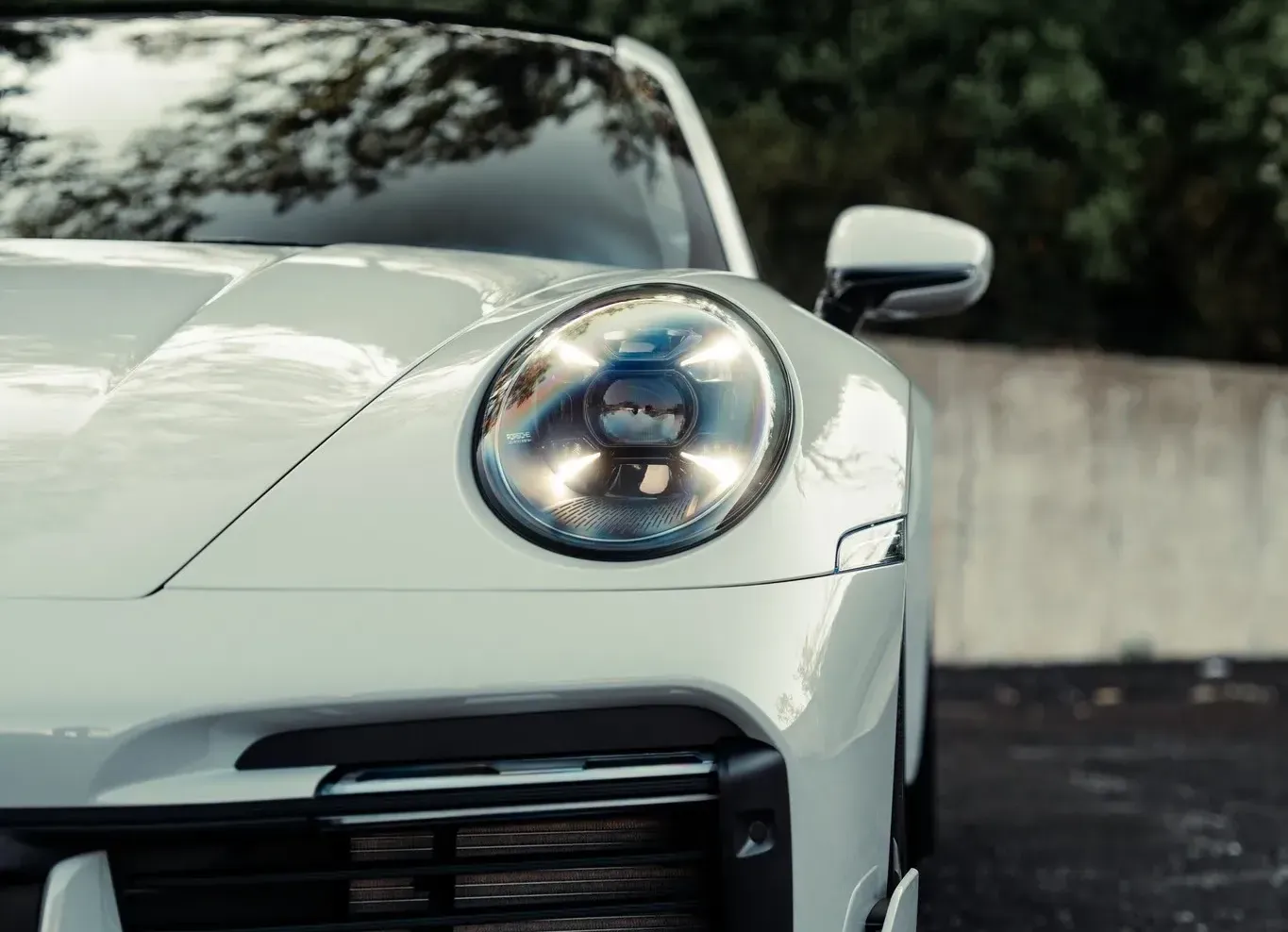
Determination of Necessary Ceramic Coating Layers
When it comes to deciding how many layers of ceramic coating your car needs, it's important to take into account key points that can influence the level of protection and durability. Let's explore these factors in detail to ensure you achieve the optimal level of defense for your vehicle.
Vehicle Usage
If your car is heavily utilized for daily commuting or frequent long-distance travels, it's logical to consider applying additional layers of ceramic coating. The wear and tear from constant usage, especially on highways or rough terrain, can necessitate an extra layer of protection to guard against various external elements like road debris, rocks, or environmental pollutants. Off-road driving may also call for more layers to ensure comprehensive safeguarding against potential damage.
Climate and Weather
The geographic location and prevailing weather conditions play a significant role in determining the required number of ceramic coating layers. For vehicles situated in regions with extreme climatic variations, such as intense sunlight, heavy rainfall, or frequent snowfall, additional layers can act as a shield against the detrimental effects of harsh weather. Enhanced UV resistance and improved hydrophobic properties provided by multiple coating layers can help combat the damaging impact of prolonged sun exposure and moisture accumulation.
Desired Duration
The duration for which you intend to retain the protective benefits of ceramic coating influences the decision regarding the number of layers. A higher number of coating layers translates to extended durability and longevity. If you aim for long-term protection spanning several years without frequent recoating, opting for multiple layers is imperative. While a single layer may prove sufficient for short-term protection, a multi-layered application ensures sustained safeguarding against environmental hazards and abrasions.
Paint Condition
Assessing the current state of your car's paintwork is crucial in determining the necessity for additional layers of ceramic coating. Older or weathered paint finishes may require supplementary coverage to effectively mitigate existing imperfections and enhance overall protection. Multiple layers can aid in concealing minor blemishes, restoring gloss, and reinforcing the paint's resilience against future deterioration.
By carefully considering these pivotal factors related to vehicle usage, climate attributes, desired longevity, and paint condition, you can make an informed decision on the appropriate number of ceramic coating layers required to uphold your car's protection and appearance.
Proper Application of Ceramic Coating Layers
Applying ceramic coating requires patience and precision. The car's surface must be spotless and free from any contaminants, involving washing, claying, and polishing the surface to ensure maximum bonding and effectiveness of the coating.
Layering techniques are crucial. Each layer should be applied in a crosshatch or crisscross pattern to achieve an even spread and coverage over the entire surface. This ensures that every nook and cranny is sufficiently covered, creating a consistent protective layer all over.
Proper curing time between each layer is critical for the coating to adhere effectively and yield optimal performance.
Factors Influencing Ceramic Coating Layer Numbers
When determining the number of ceramic coating layers your car requires, several key factors come into play. These factors can vary based on the type of coating, warranty considerations, desired longevity, and overall effectiveness.
Coating Brand and Composition
The brand and composition of the ceramic coating play a significant role in dictating how many layers are necessary for complete and effective coverage. Different formulas and brands may have specific application instructions that outline the ideal number of layers required for maximum performance. For instance, some coatings may offer optimal protection with just one or two layers, while others may recommend multiple layers for enhanced durability and longevity.
Coating Thickness
The thickness of each applied layer has a direct impact on the overall number of layers needed for comprehensive coverage. While some coatings may require only one or two thicker layers, others might necessitate multiple thinner layers to achieve the desired level of protection. Understanding the specific requirements for layer thickness according to the manufacturer's guidelines is crucial in ensuring the effective application of ceramic coating.
Warranty Considerations
For those considering ceramic coating with warranty coverage, it's essential to take into account any stipulations regarding the number of layers required for warranty validity. Certain ceramic coatings come with explicit guidelines on layer application in order to maintain warranty coverage. Adhering to these specifications is imperative in safeguarding the investment and ensuring that the coating performs optimally over time.
Desired Longevity
The intended duration of protection and the car owner's expectations for the coating's longevity also play a pivotal role in determining the appropriate number of ceramic coating layers. Those seeking extended protection and long-lasting performance from their coating may opt for additional layers to bolster its resilience against environmental stressors. Conversely, individuals with more modest longevity demands may find that fewer layers suffice for their specific needs.
Final Words
Selecting the right number of ceramic coating layers involves a comprehensive assessment of multiple variables, including the specific product used, individual preferences, and warranty requirements. By carefully considering these factors and following manufacturer recommendations, car owners can ensure that their vehicles receive the optimum level of protection and performance from ceramic coating applications.
When it comes to protecting your vehicle with a ceramic coating, understanding these factors is crucial in order to make an informed decision. To learn about our ceramic coating services, contact us at 630-474-9263 today.
We Make Your Car Look Beautiful
Founded with an unquenchable desire for automotive perfection, Chicago Auto Pros is a leader in paint protection efforts and aesthetic vehicle detailing services in Chicago, Illinois. When you bring your automobile to our Chicago-based detailing shop, you are sure to experience unmatched integrity, customer service excellence, and above all, absolute automotive perfection from the inside out. Choose the right auto detailing team - choose Chicago Auto Pros!
Lombard Location
207a Eisenhower Ln S, Lombard, IL, United States
Glenview Location
2075 Johns Ct, Glenview, IL, 60025, United States
Additional Service Areas
Tesla & EV Detail Specialists
Services Offered
Quick Links
Proudly written and crafted by the team at Detailers Roadmap,a platform developed for detailing operations across the globe.
All Rights Reserved | 8bitcreative LLC | Chicago Auto Pros



